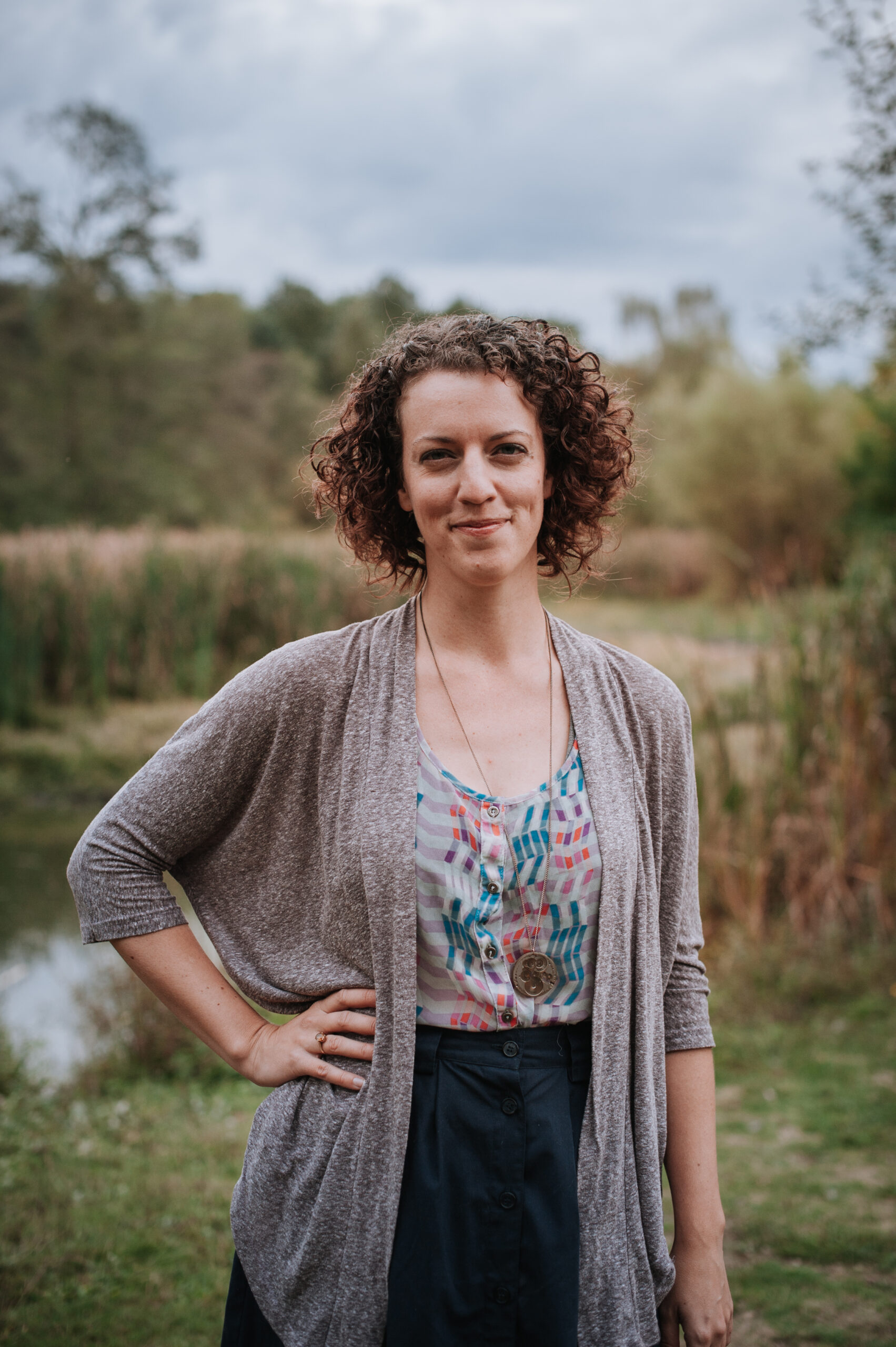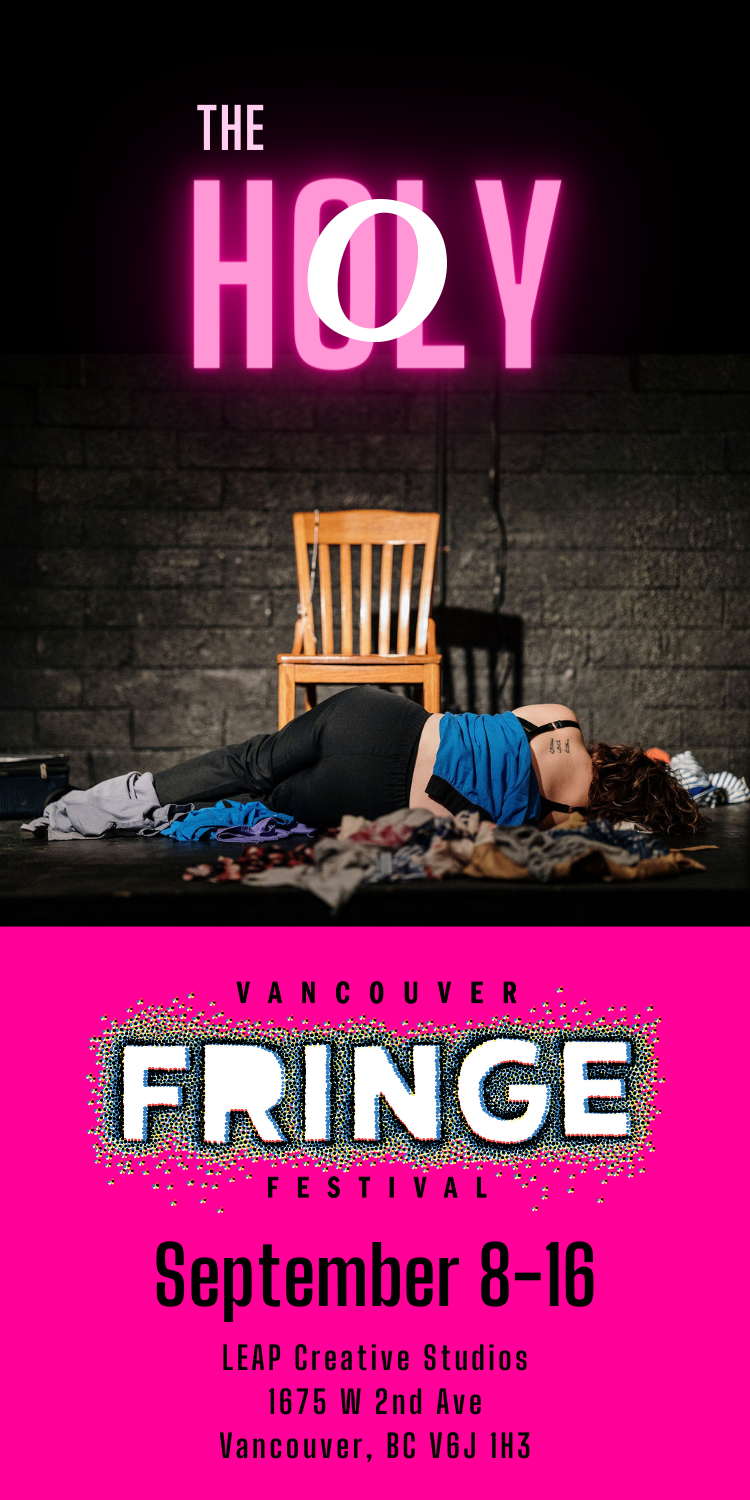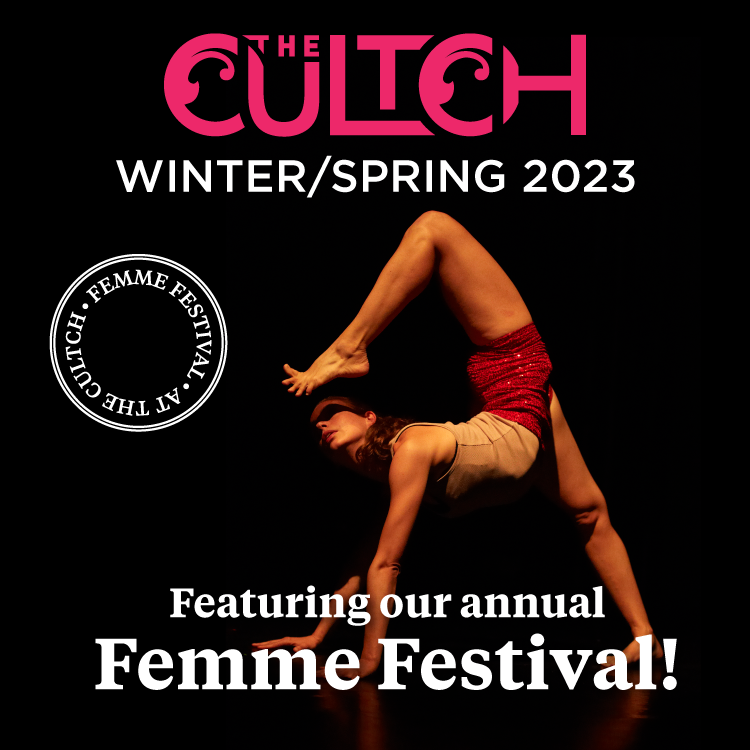By Andrea Loewen
@ms.andreajoy
It’s been a couple of months since the federal election, and the issue of safe drinking water on First Nations reserves has gone from a national hot topic to, well, tumbleweeds.
Yet, according to the Council of Canadians, a nonprofit organization advocating for a variety of social justice issues from clean water to public health care, there are more than 100 drinking water advisories on First Nations reserves at any given moment.
What is actually being done about it?
According to Vi Bui, a water campaigner with the Council of Canadians, the answer has become a moving target.
“In 2015, Trudeau made the commitment to end all drinking water advisories by 2021,” she says, “then it became ending all long-term drinking water advisories by 2021, to now ending all drinking water advisories that are long-term and being funded by Indigenous Services Canada. So, there are several layers of qualifiers to what that commitment [looks like].”
With that shifting marker of success, says Bui, the government claims to be on track for achieving its 2021 goal, despite many more reserves living without safe water.
“A lot of the communities listed as ‘we have lifted the drinking water advisories,’ essentially means that the government came in and put in short-term solutions, managed to lift the really long-term advisories, but then it turned out that the boil water advisories came back as short-term advisories,” says Bui.
According to Dr. Deborah McGregor, associate professor and Canada research chair in Indigenous Environmental Justice, that’s neither a surprise nor a partisan issue.
“That’s just the way the government works,” says Dr. McGregor. “You could have said the same thing about the conservatives twenty years ago. If the NDP got in, unless they dramatically changed the system, it would still be that way. They give whatever gazillion billion dollars to pump into dealing with the problem. But the kind of hoops that First Nations have to jump through to get it … some First Nations are way better at advocating for that than others.”
In fact, there’s significant inequity when it comes to the access Indigenous groups have to funding. Where some have experience and expertise advocating for themselves, and casinos or land leases to pay for their portion of the project (government funding usually covers 80 per cent), others don’t have these things. What are they supposed to do about their water?
Here, the question grows broader. If you ask the government what the problem is that they are trying to solve, they will likely say that it has something to do with a lack of infrastructure to transport and treat drinking water on First Nations reserves.
According to Dr. McGregor, however, that doesn’t even begin to scratch the surface.
“This, to me, is one of the limitations: that it’s only focused on drinking water and the infrastructure. [It] is sorely needed in most communities, but when you’re drinking treated water, it means the source water is problematic and that’s what the First Nations tend to be concerned about,” says Dr. McGregor. “We should be able to drink the source water that’s been our source water for however long we’ve been there, but we can’t so there’s a lot of money being pumped into that.”
Dr. McGregor advocates for looking beyond the “techno-solutions” of infrastructure and engineering that may provide safe drinking water but leave a contaminated source, and to turn instead to a new way of relating to water.
“These people have a very bad relationship with water,” she says, speaking specifically about the government agencies trying to solve the drinking water crisis, and, one might infer, more broadly about Settler society in its entirety.
“The fundamental relationship with water is very different–we think of water very differently. We don’t think about it just as H2O for drinking. And people have a very bad relationship with water which, to me, is part of the problem: that they don’t know how to relate to water properly. Water is thought of as being a resource or commodity or property, as opposed to, in Anishinaabe thinking, a living being with agency.”
Through this framework, new solutions are being offered by different Indigenous communities in Canada. Whether it’s a movement to give water a legal designation of personhood, following the lead of Maori people in New Zealand, or a new proposal from the Indigenous women of Treaty 3 Territory (Northwestern Ontario and Manitoba) who are creating their own declaration of water and resulting policies, this is where the new ideas are coming from.
“Anything interesting happening is coming from First Nations people, and then the government has to react… which is better than reacting to silly government ideas,” says Dr. McGregor.
She also points to partnerships happening at a smaller scale with Indigenous groups and their surrounding municipalities. This, Dr. McGregor describes as hopeful because when you get to a local level, everyone has a relationship with the land and water.
“They also see the water. They can connect to it. We see more of a relationship there, people fish,” she says, “so even though you might think of them as not necessarily being allies, but you have something in common because they want the same thing.”
If you want to hold the government accountable for their promise to provide clean drinking water for people living on reserves, visit the website for the Council of Canadians where you can sign their petition as well as donate and volunteer.
If you are interested in Indigenous-led solutions, Assembly of First Nations just completed their Water Symposium in November.
Keep an eye on their website or social media for proposed resolutions that you can support.

Andrea Loewen is a writer, theatre-maker, and choreographer in Vancouver, BC. She writes for a variety of online publications, including Loose Lips Magazine and Vancouver Presents, as well as her own site, The Receptionist Blog. Her first book, Feeling Better: A Field Guide to Liking Yourself is available on Amazon and Chapters Indigo. www.andrealoewen.com




